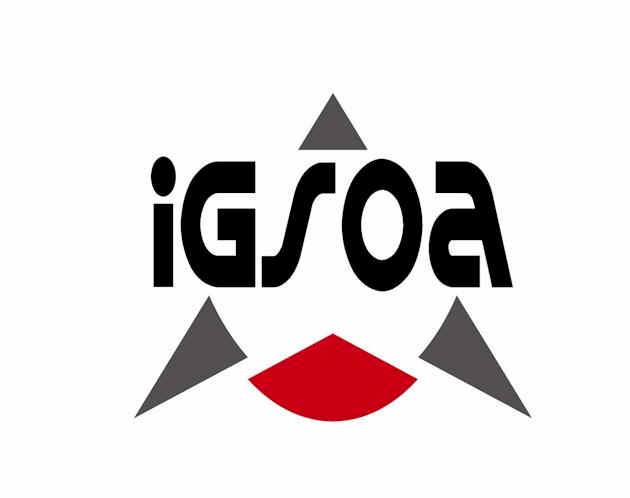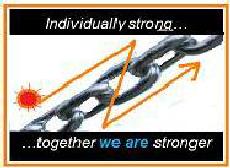| Here's a more
detailed look at the process:
1. Testing for Water:
- Gas stations routinely test their fuel for water contamination,
especially in underground storage tanks.
This can involve using specialized
tools or sensors to detect the presence of water.
2. Draining Excess Water:
- Many fuel tanks are
designed with a drain valve at the bottom, allowing for the removal of
water without significant fuel loss.
- In some cases, pumps with
extended hoses can be used to reach the bottom of the tank and remove
water.
3.
Fuel-Water Separators:
-
Fuel-water separators are designed to remove water from fuel as it
passes through These devices
often have a water collection chamber
that needs to be emptied periodically.
4. Fuel
Additives:
- Some fuel
additives, like alcohol-based
water removers, can be used to help absorb and disperse water
into the fuel, allowing it to be
burned off during engine operation.
However, older vehicles may have fuel system components that are sensitive
to alcohol, so it's important
to choose additives carefully.
5.
Preventative Measures:
- Keeping fuel tanks full
helps minimize condensation.
Regularly checking for water and maintaining a proper schedule for
draining or treating it
can prevent significant issues.
6. Modern Systems:
- Many modern gas stations
have integrated systems that continuously monitor fuel quality and remove
water automatically.
These systems often include
sensors, alarms, and automated pumps or separators.
|


